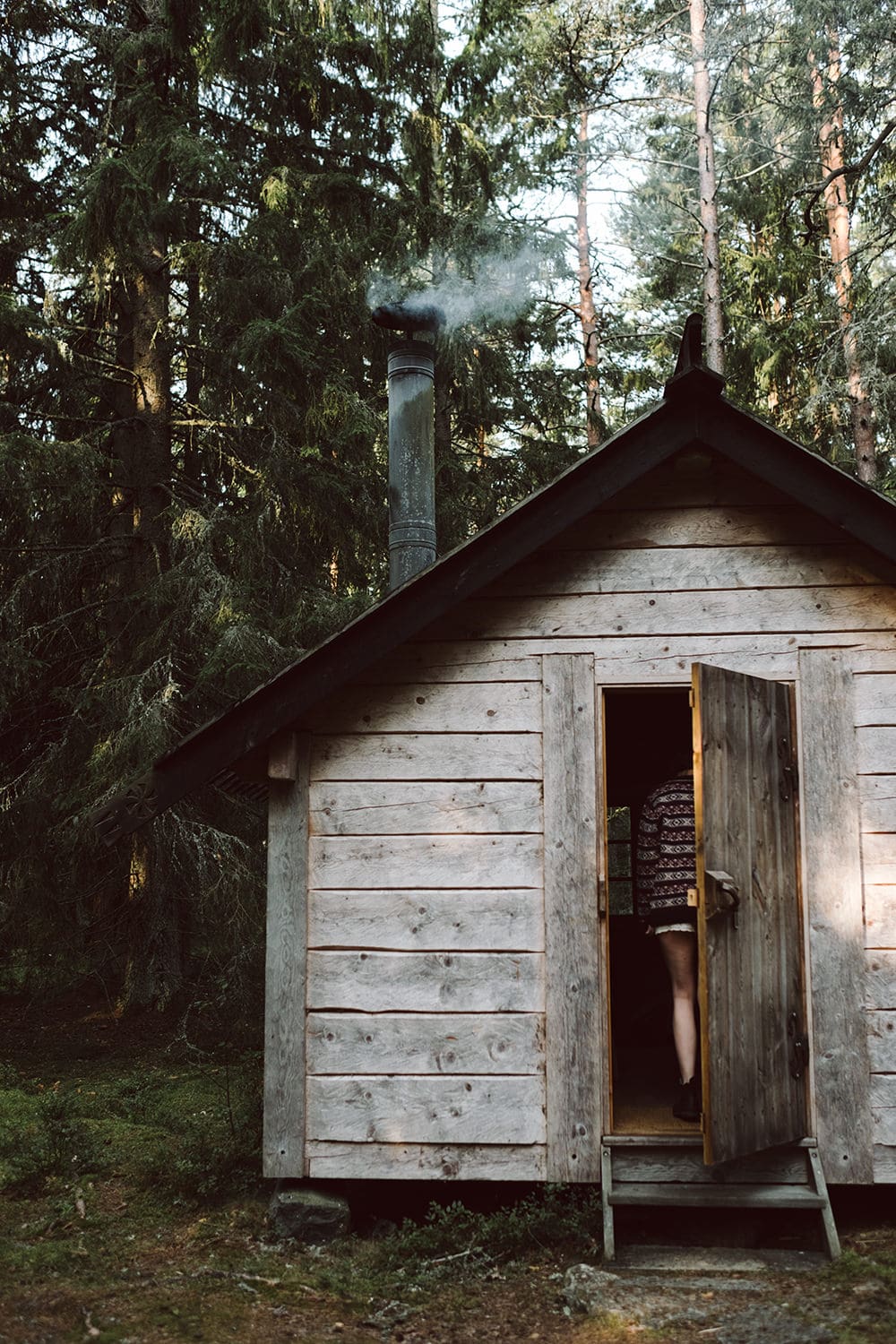
Sponsored Post
First, of course, you need a fire. It needs to be spread flatly so the stones you want to heat can be placed in it. Over the stones we spread another layer of burning wood. The once dark stones are heated up when they glow white. Until then, a hole in the ground has to be dug and plenty of grass needs to be collected which protects the food from burning. This way, the contents are cooked gently and moist. Cooking in a ground oven is one of the oldest cooking techniques and is used in some regions until today. In New Zealand, for example, or the Andes. In contrast to direct cooking over the fire, meaning grilling and roasting, this way of preparation enables dry and wet ingredients as well as herbs and spices to cook together. For our meal, we roughly diced diverse vegetables, for example potatoes, carrots, beets and cauliflower and only seasoned it with salt. We wanted the pure flavors which develop during the cooking in the ground oven. Afterwards, we wrapped the vegetables in large cabbage leaves and bound them with the previously collected reed. The vegetables stay together, are protected and are cooked gently in their own juice. When the stones are hot enough you have to be fast. That’s why it is so important that everything is perfectly ready and at hand. First, the stones are arranged side by side in the ground oven and covered with a thick layer of grass. The vegetable packets are placed on top and covered with another layer of grass. To prevent the grass from bursting into flames, the ground oven has to be sealed air tight fast. For that, it is covered with a tarp or piece of cloth, and earth. No smoke should be able to escape, only then the ground oven is sealed. Now we had to wait. Depending on the ingredients, the cooking time varies. Our diced vegetables should be ready within an hour. A whole pumpkin, maybe even filled, could be put into the ground oven around noon and be ready by the evening. To pass the time, we did not only heat stones for the ground oven but also to heat a sweat lodge. While the vegetables were cooking, we broke sweat in our natural sauna. To cool down, we dove into the lake before taking the next round in the sauna.
Relaxed and purified we could take the vegetables from the ground oven after an hour and eat them together. The scent was very aromatic. Regarding the taste, the vegetables were excellent and had a nice consistency due to the cooking method: tender, yet not over cooked. Out of carrot greens, roasted sunflower seeds, some garlic and olive oil we made a pesto to go with the vegetables. After the delicious meal we treated ourselves with canoeing on the lake and let yet another perfect day end sitting around the bonfire. We are sure this was not our last visit at Urnatur. We will be back definitely!
In the first article about our little adventure in the Swedish woods we already told you a lot about Urnatur and Good Travel. The second article is particularly dedicated to cooking. We focused on cooking on open fire for quite some time now. At Urnatur we could have a fling on the many fire places. Be it directly at the lake, in the midst of the woods, or in the open common kitchen. There is also a gas oven, but also all the other guest tried fire lightning. It just belongs to this experience. Ulrika and Håkan provide a wide range of pots, pans, kettles and Muurikkas, big Finnish grill pans. All made of cast iron and with legs so you can easily put it into the fire. Every day, Ulrika harvests fresh vegetables from the garden, you can help yourself from a herb patch, and everything else you need you find in the kitchen. Oils, vinegars, spices, lentils, beans, etc. Sometimes, we stood around the box with Swedish crisp bread with growling stomachs nevertheless because above all the shooting we forgot to eat. However, there were days when we worked around the fire from morning till evening. From fresh potatoes, young beets and plenty of herbs we created a simple, yet aromatic dinner. The beets were cooked with their skin in a pot above the fire, smoked and peeled. We diced the potatoes and roasted them just with salt and pepper in a bit of oil. The vegetables own taste combined with the flavors of the fire. Together with garlic flowers, dill, yarrow and the tender leaves of the beets it was excellent! As dessert, we had aromatic wood berries (raspberries, wild strawberries, and blueberries) on oatmeal pancakes. A bit yoghurt and Ulrika’s dandelion syrup were the perfect toppings. It might sound tacky, but wandering through the woods after such a meal in the dark with your lantern, watching the starry sky though the tree tops, you can’t help it but sleep sound. This simplicity, the reduction to what counts, is just so relaxing.
The next day, Håkan took us to another piece of their land to collect a certain reed which he uses for weaving. On the way to a small lake we met a flock of their sheep. The sheep do not only produce a good fertilizer for the ground but also help that the land is not overgrown with ranks and that the original cultivated landscape is preserved. Without these animals, the biodiversity could not be maintained. The ancient race “pälsfår” is incredibly beautiful and since Håkan’s and Ulrika’s sheep are unusually trusting they basically demanded their strokes. After our little trip we sat with Ulrika, Håkan and some Berlin based friends of them and somehow came to the topic of “cooking in a ground oven”. We wanted to try this cooking method for a long time and were flabbergasted when Håkan proposed to try that. Of course, he is a specialist and explained the basics. After he took his leave so we could start our work, which he took in critically later.

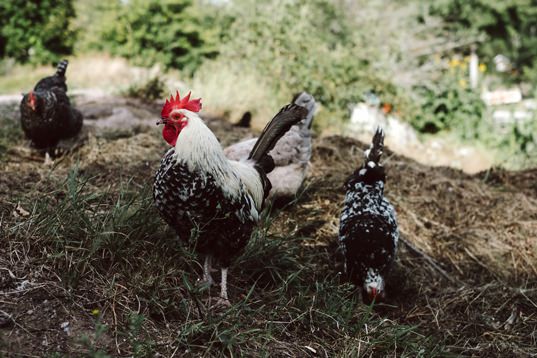
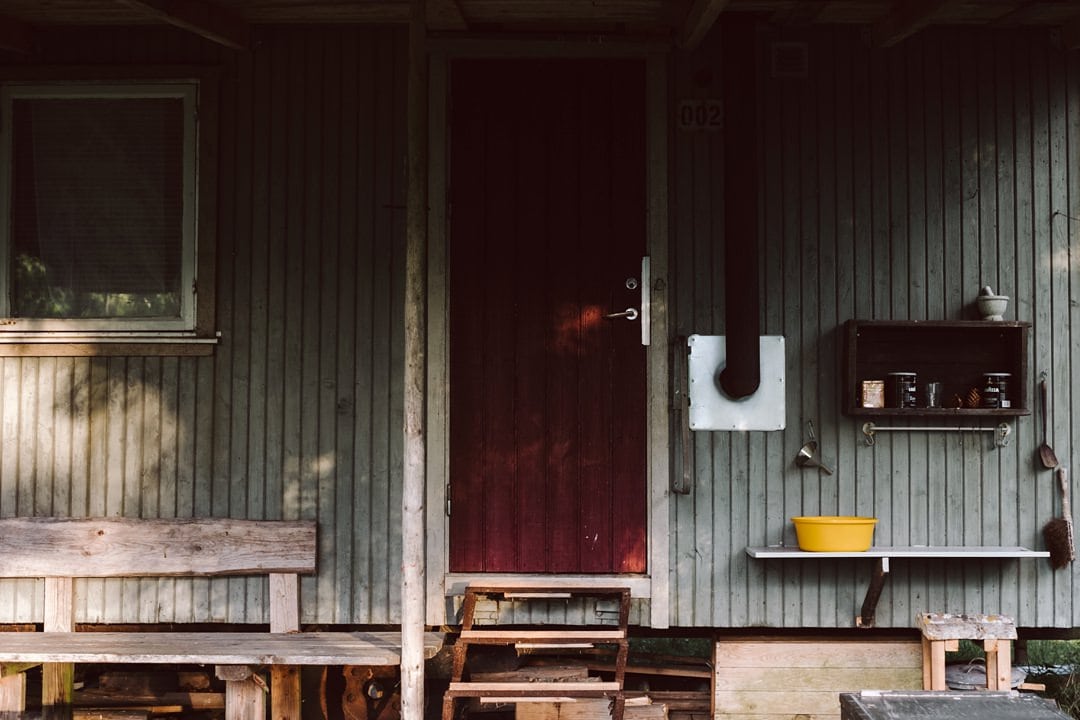



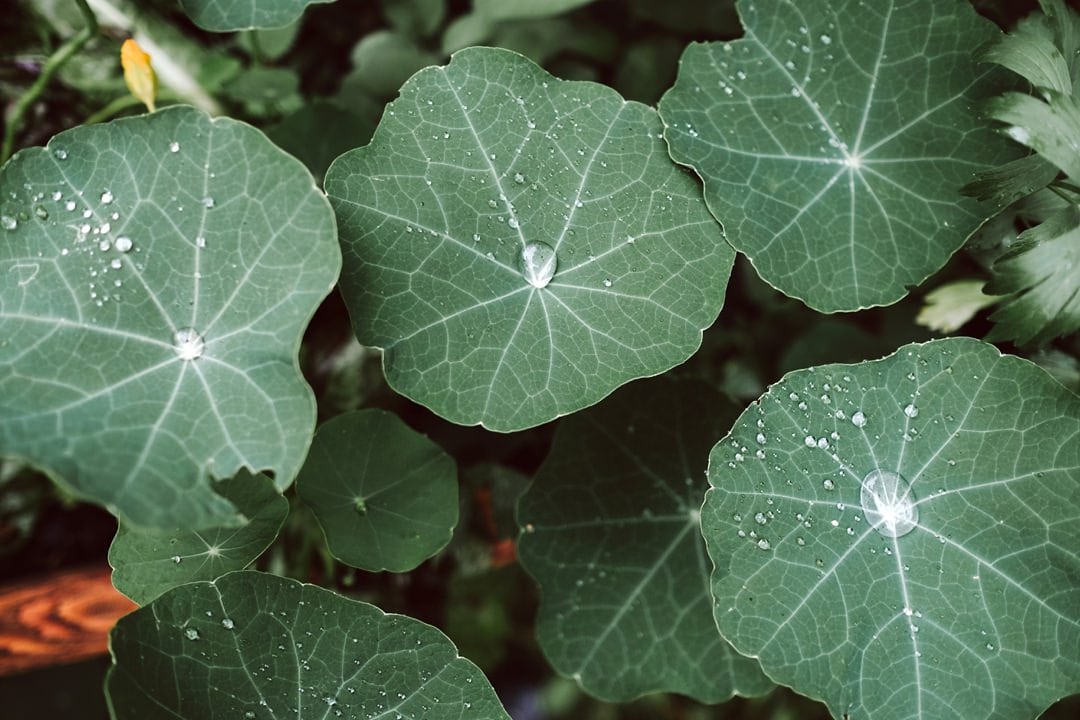
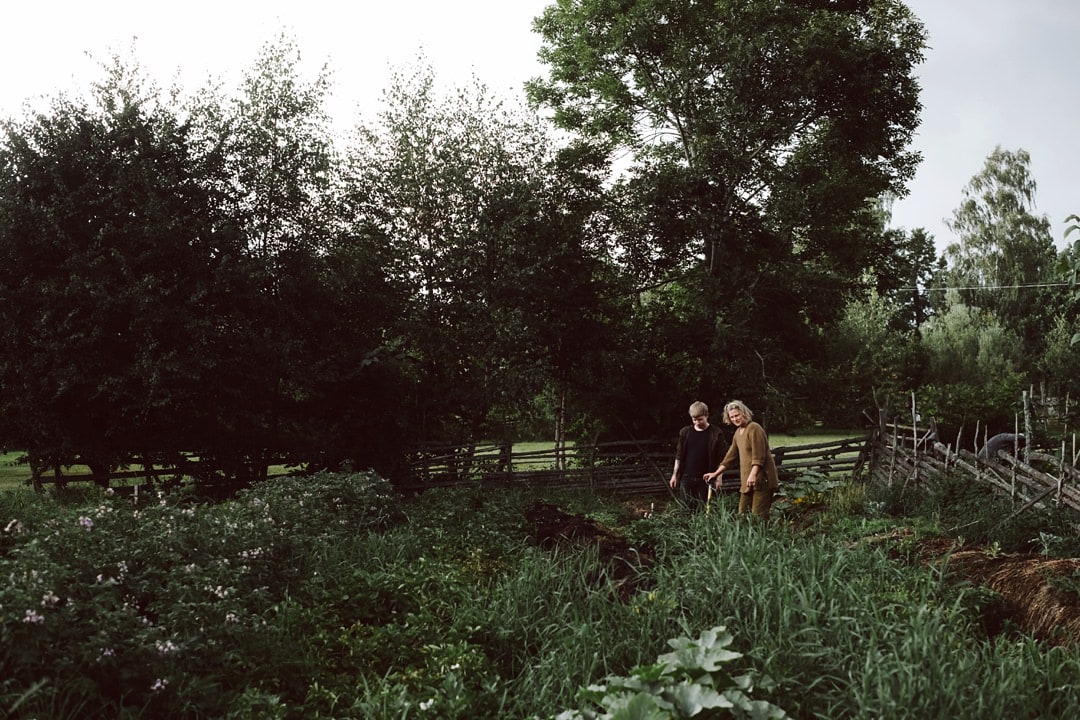

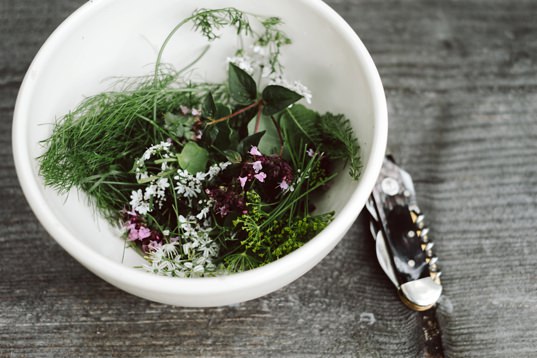

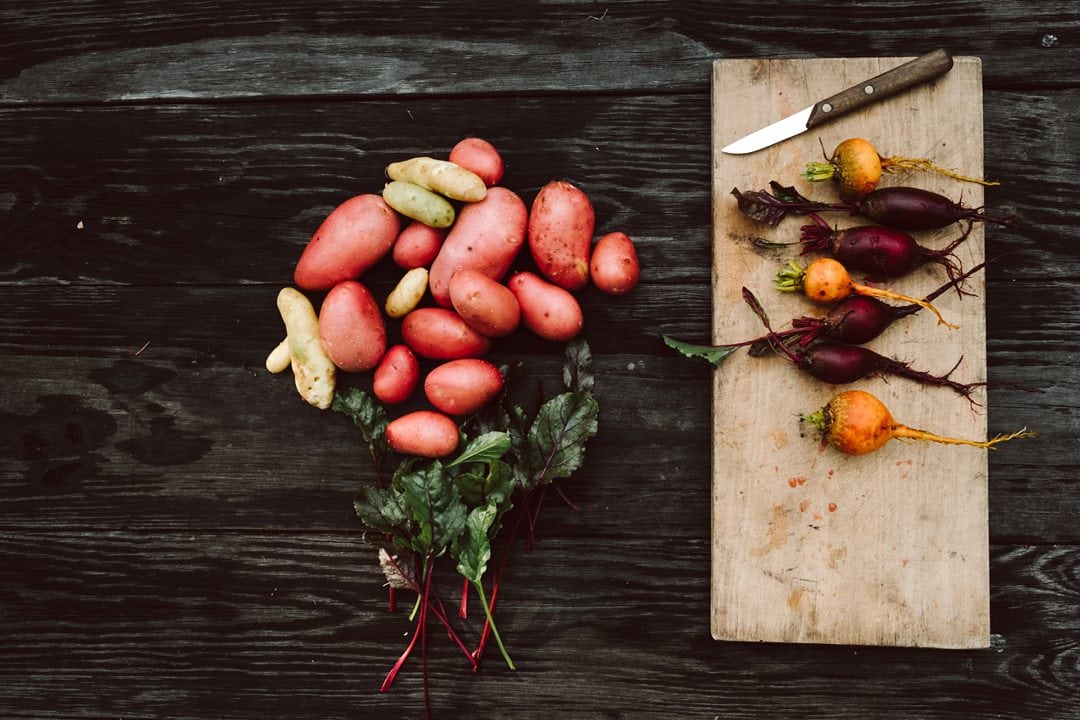
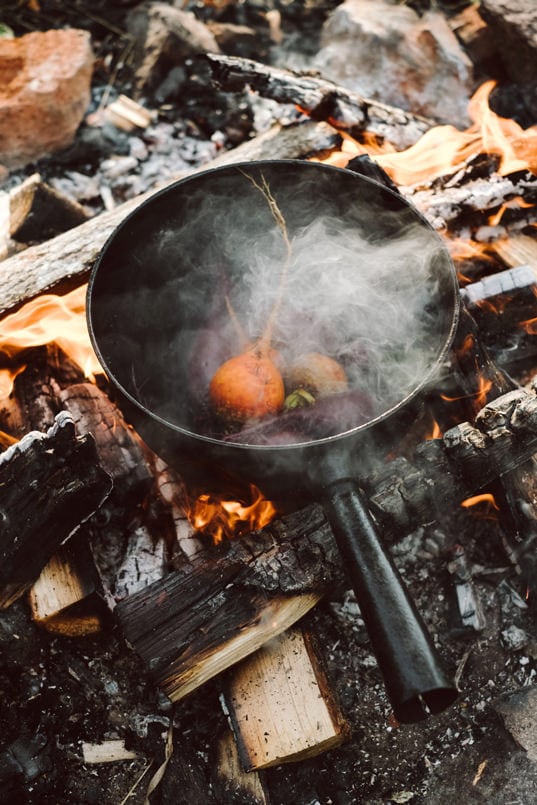


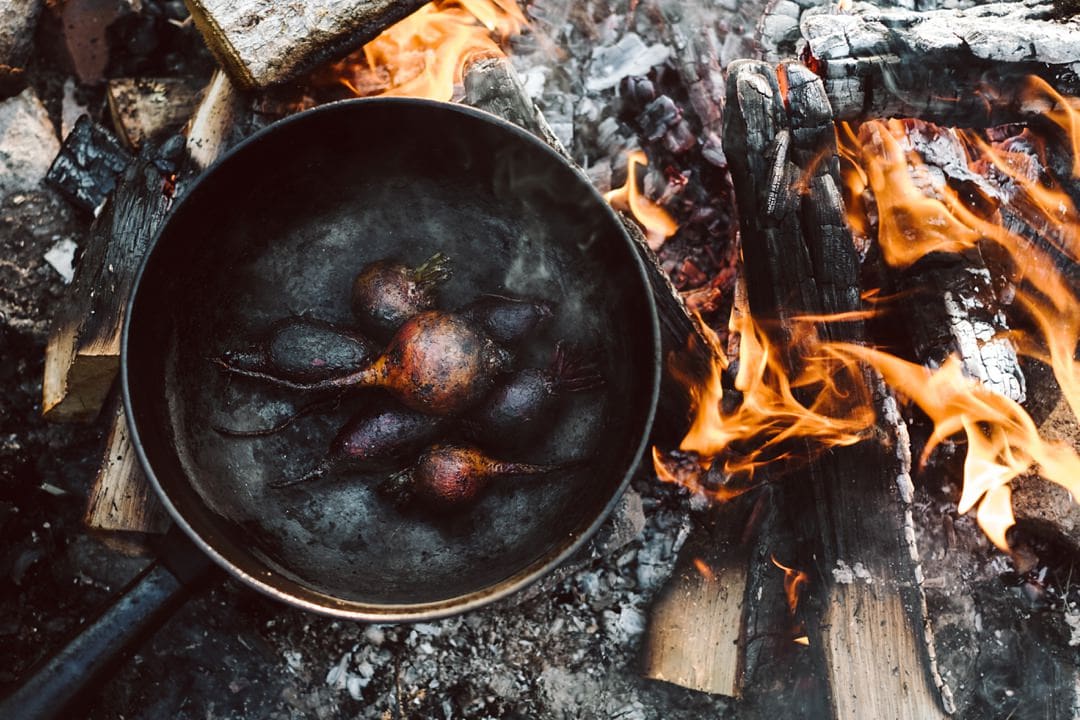

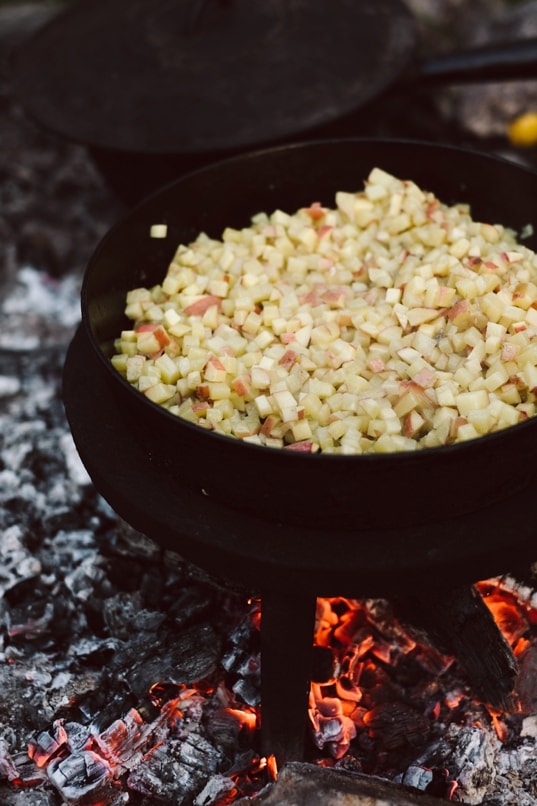
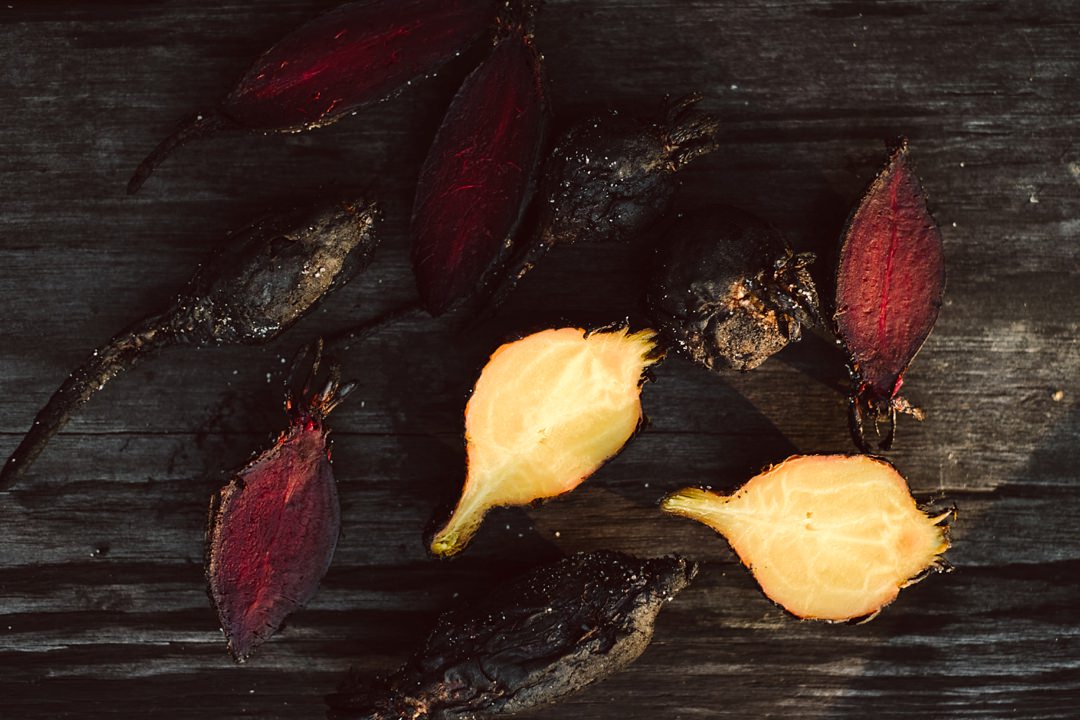

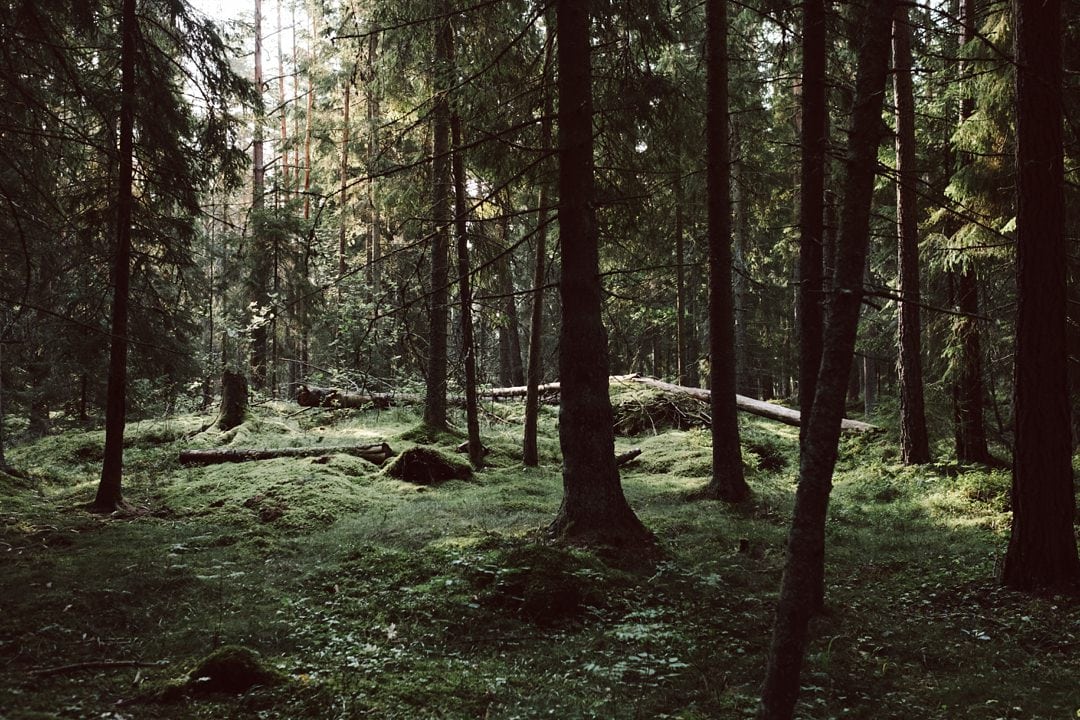

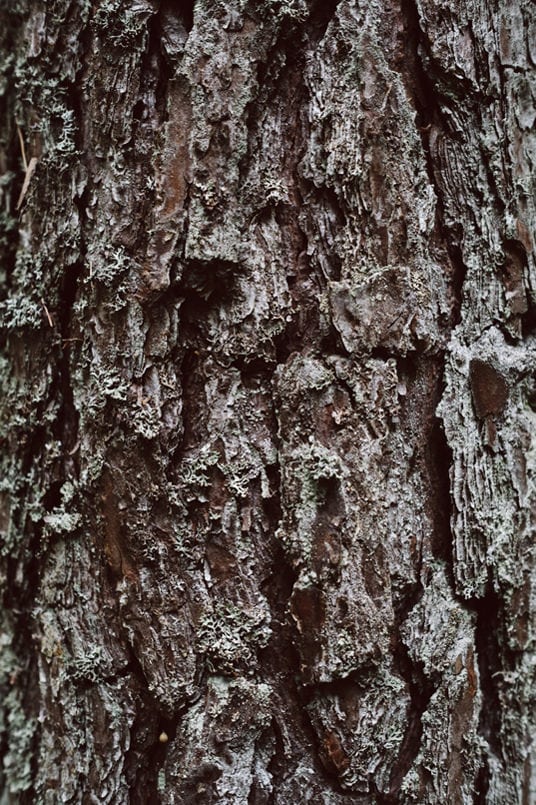
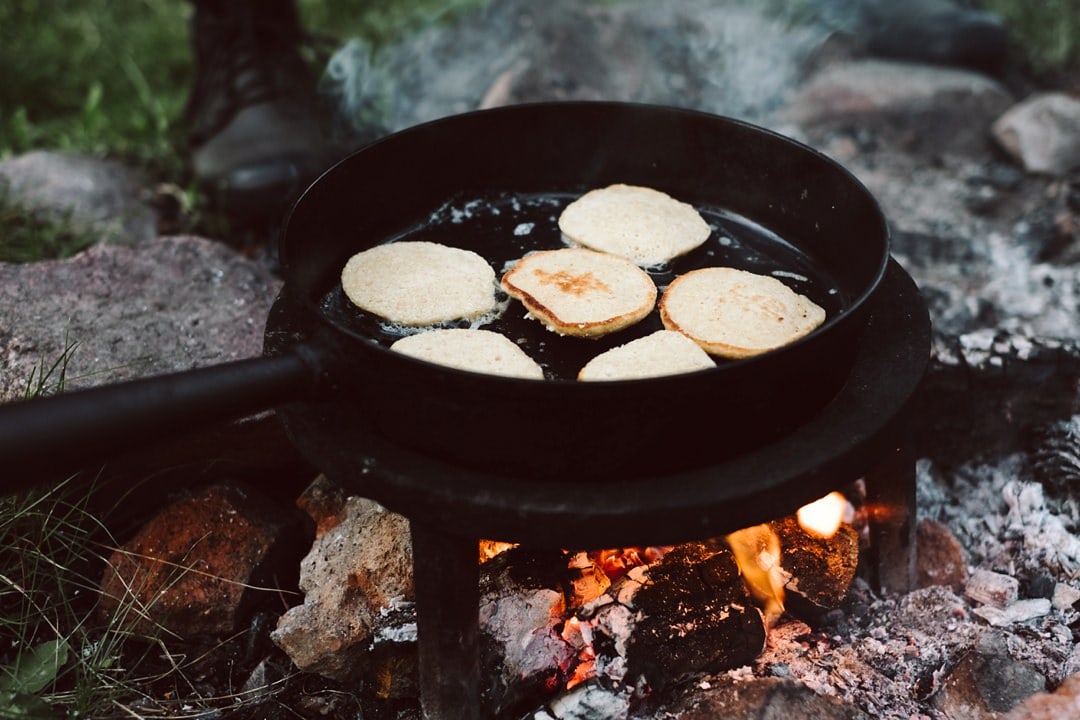
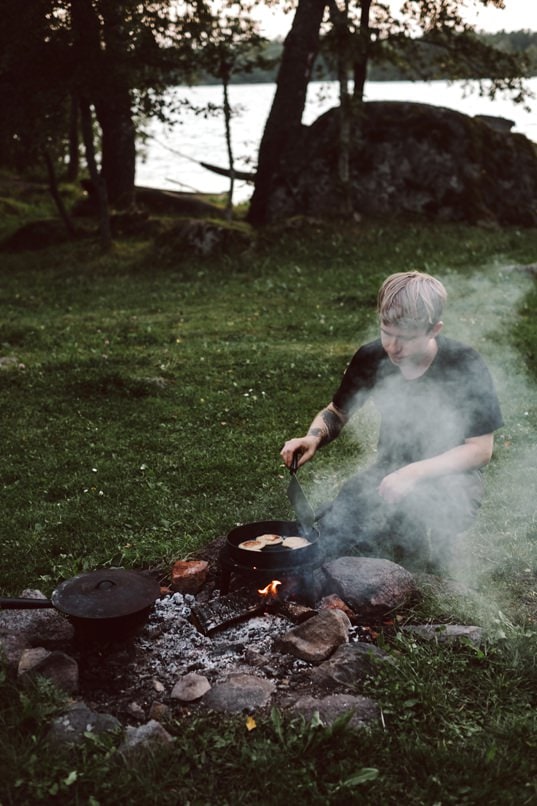


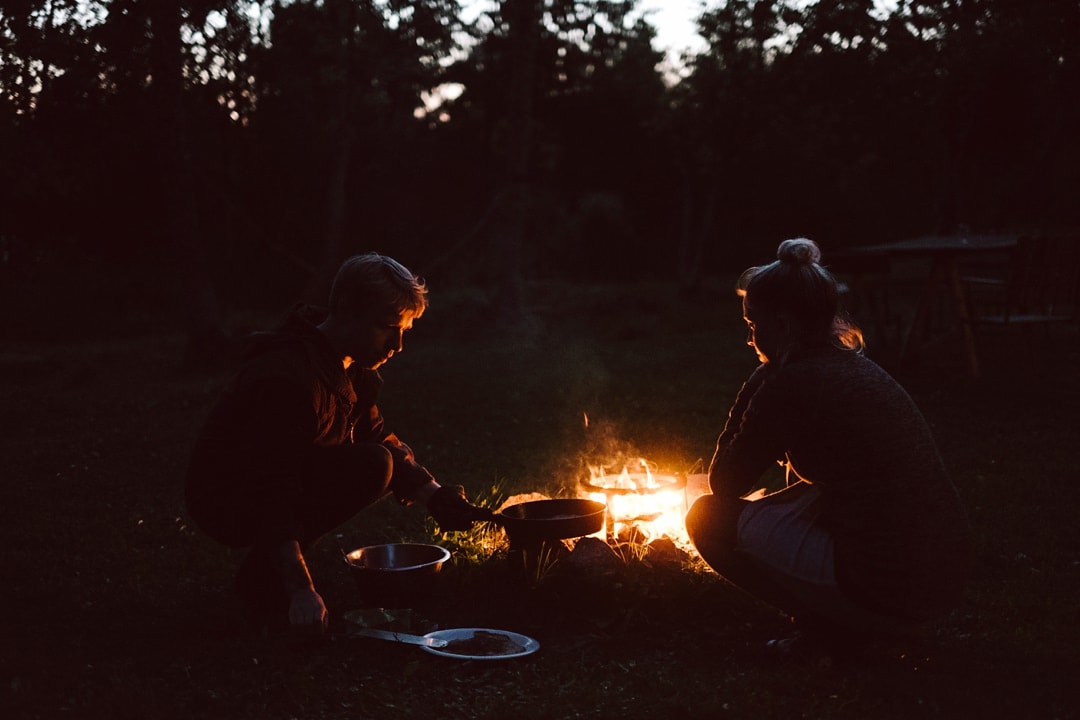

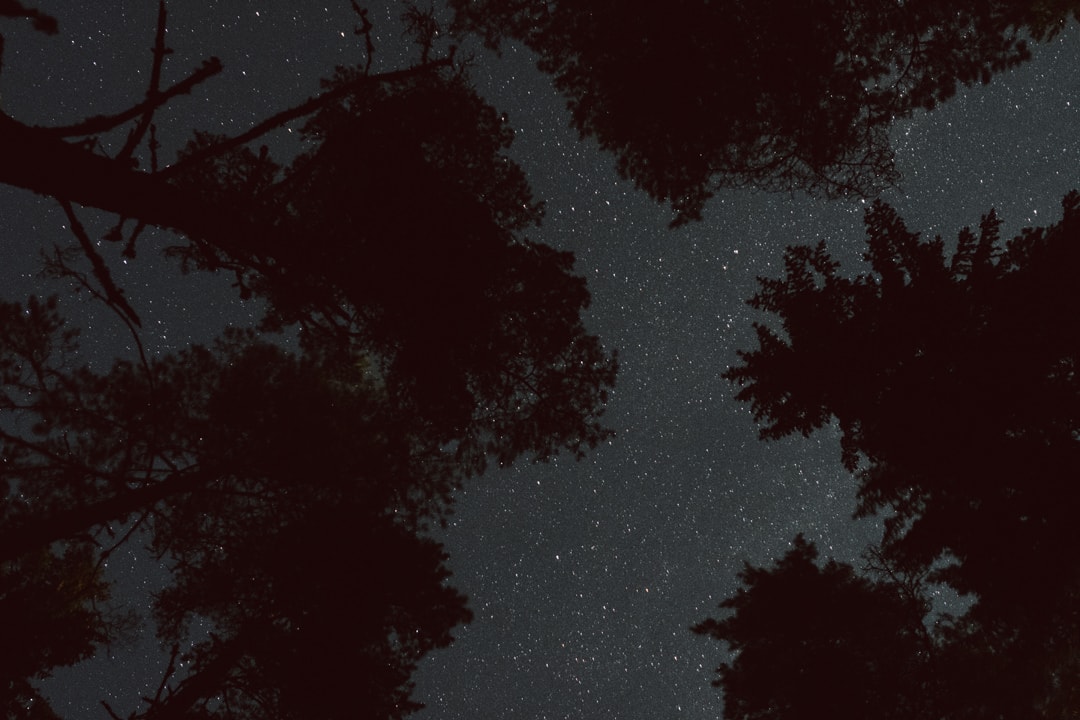

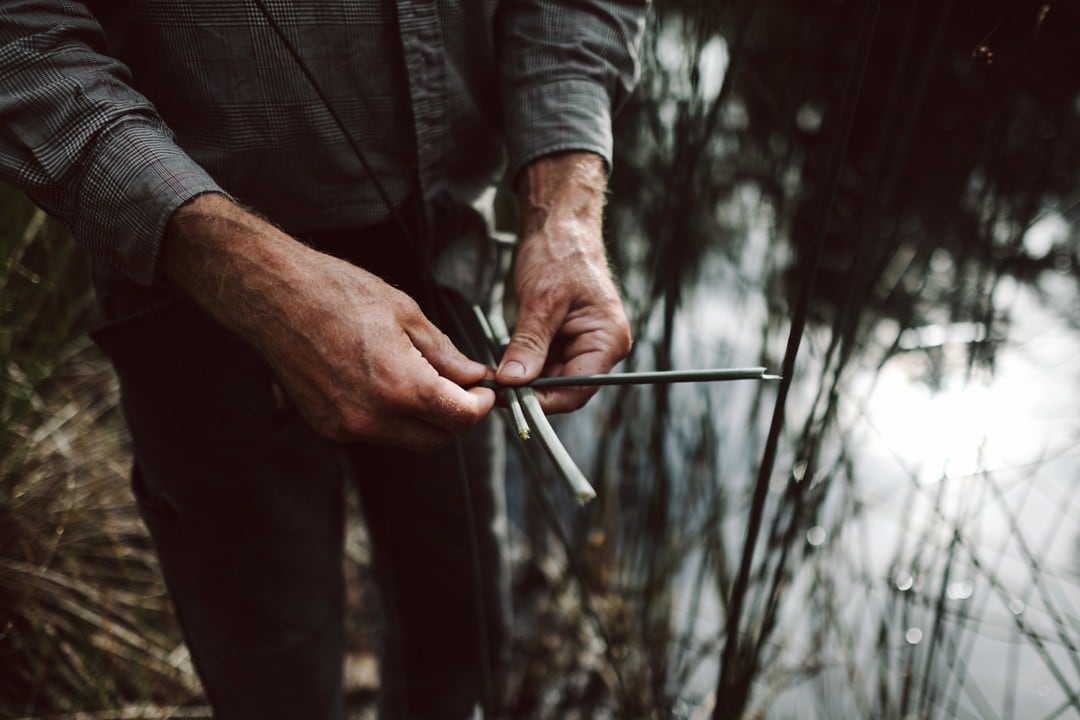
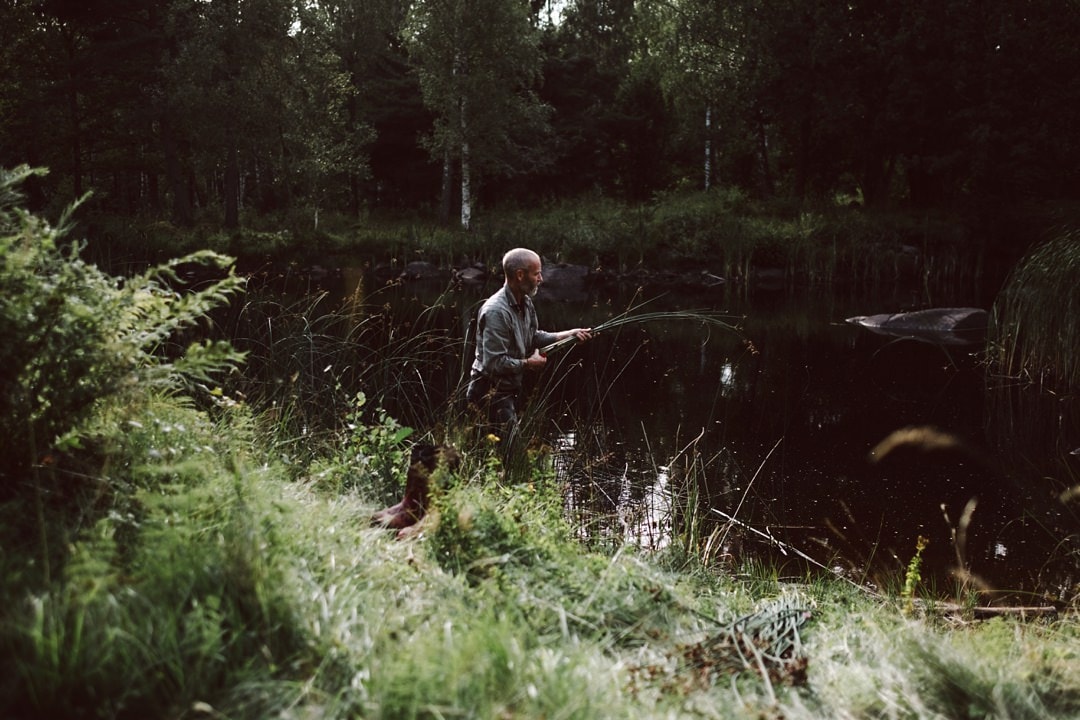

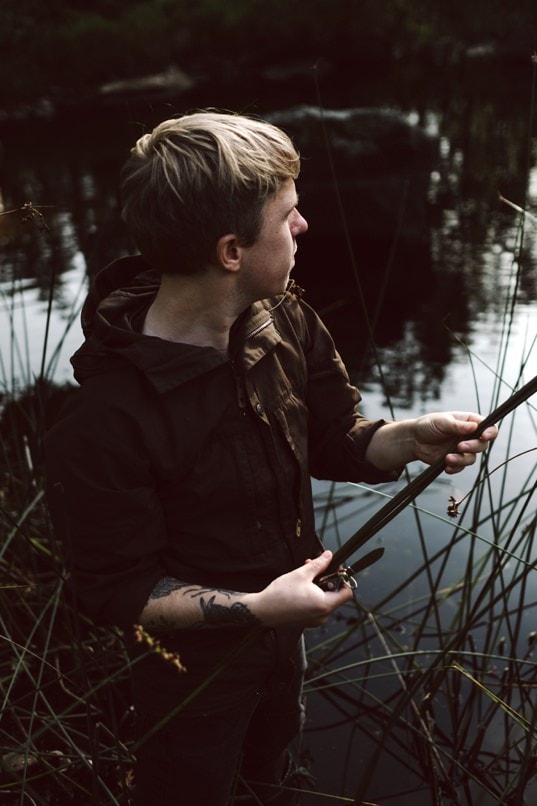

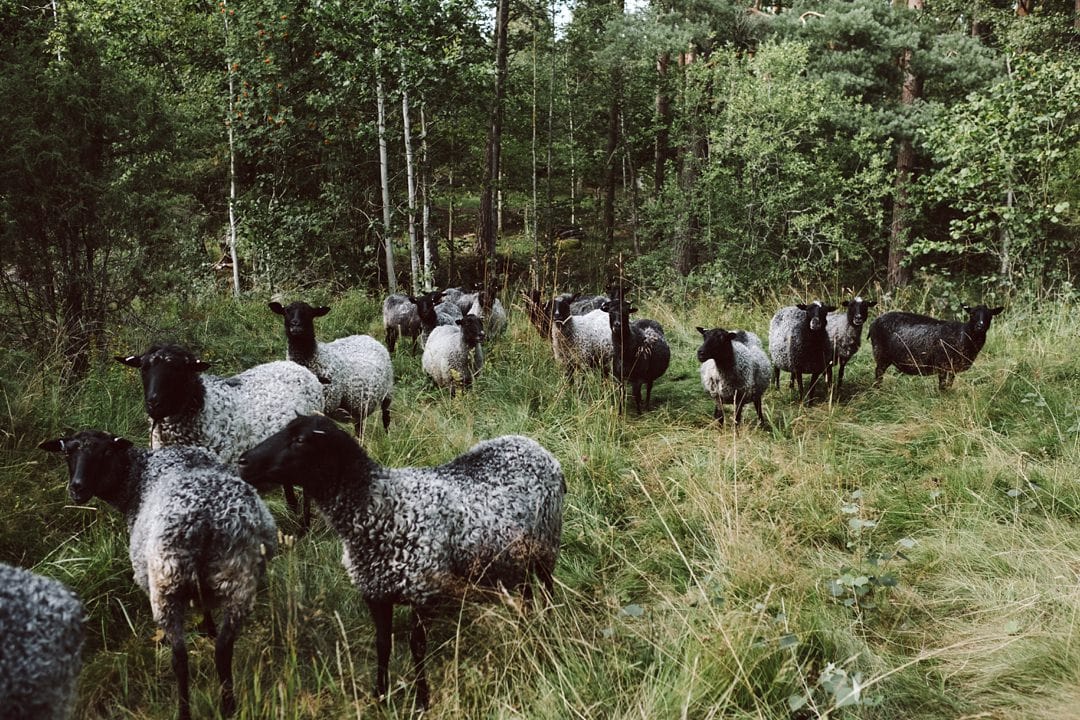
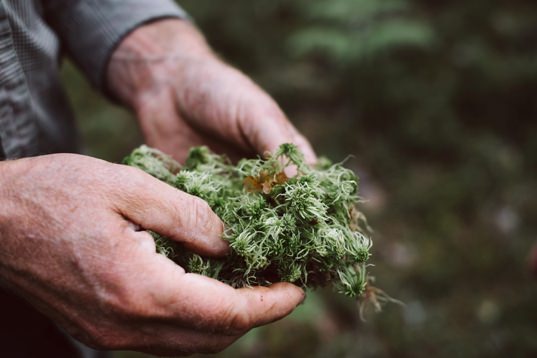
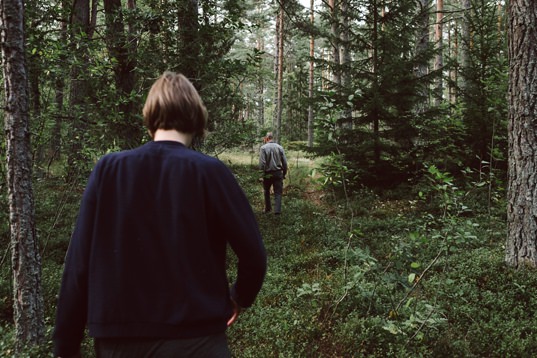
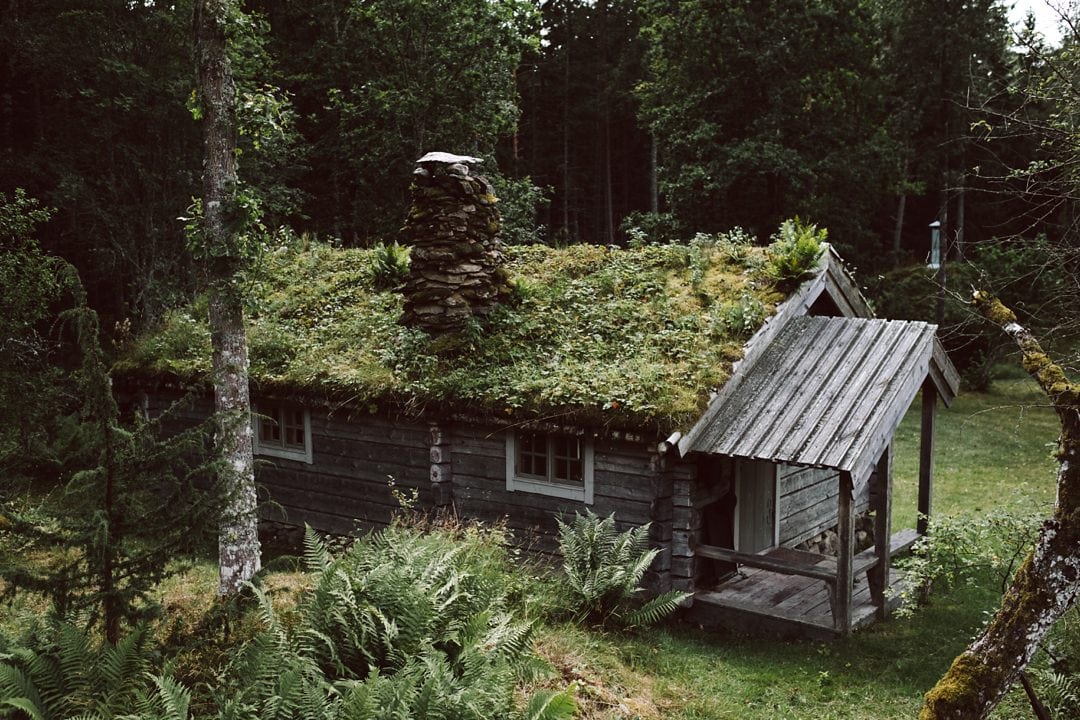
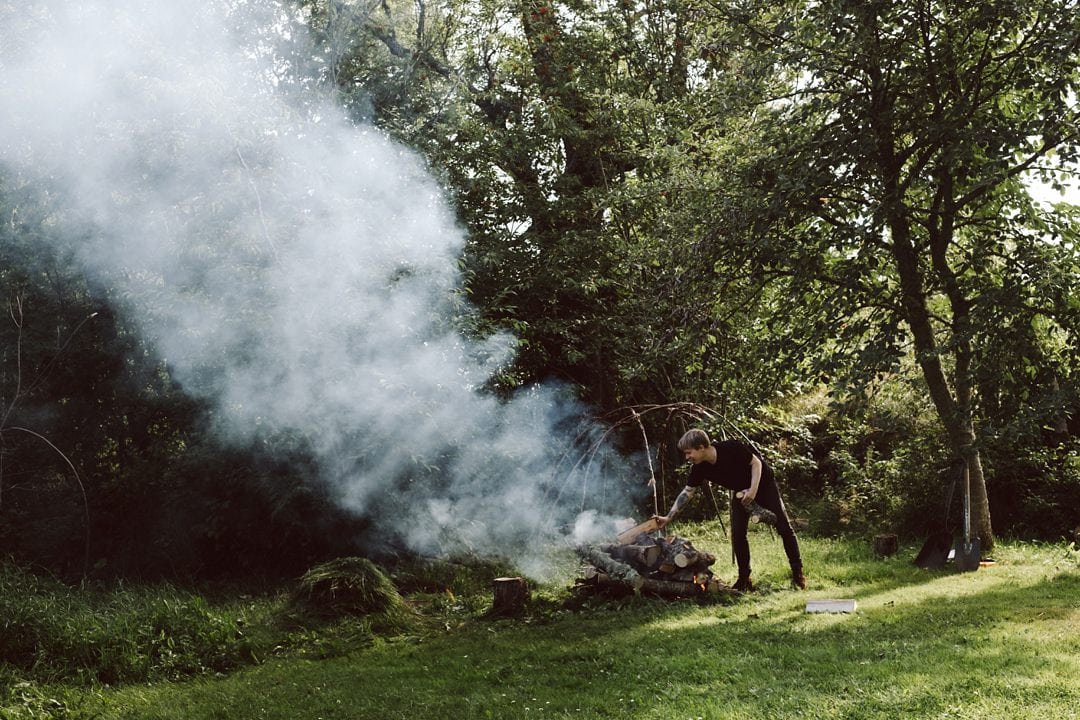
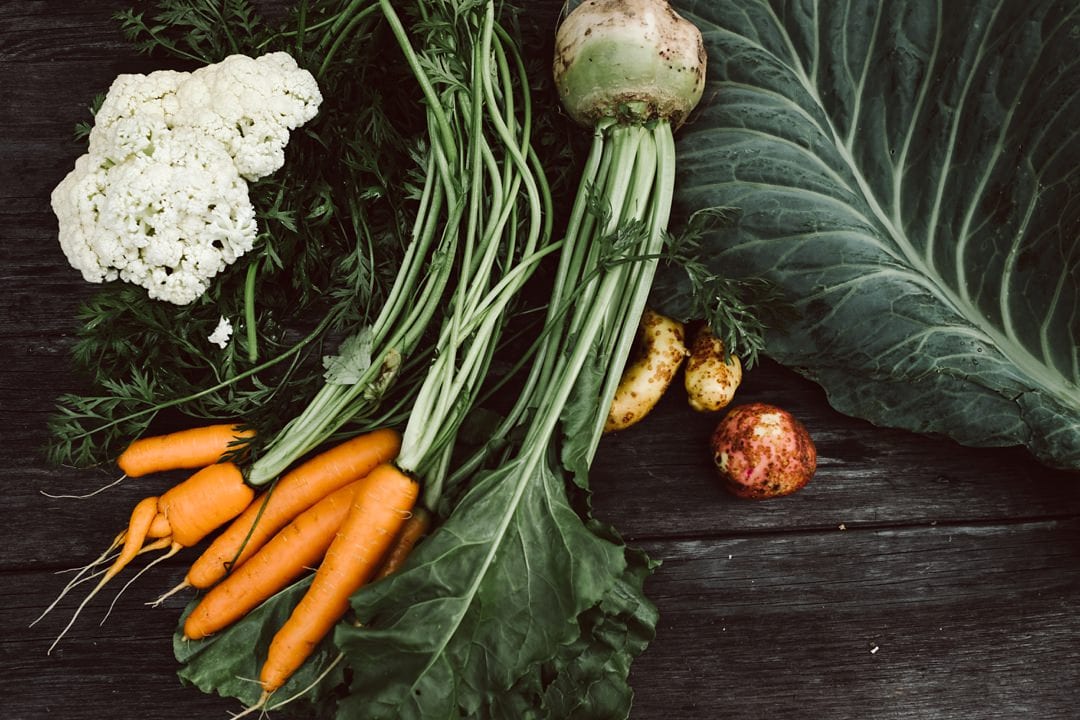
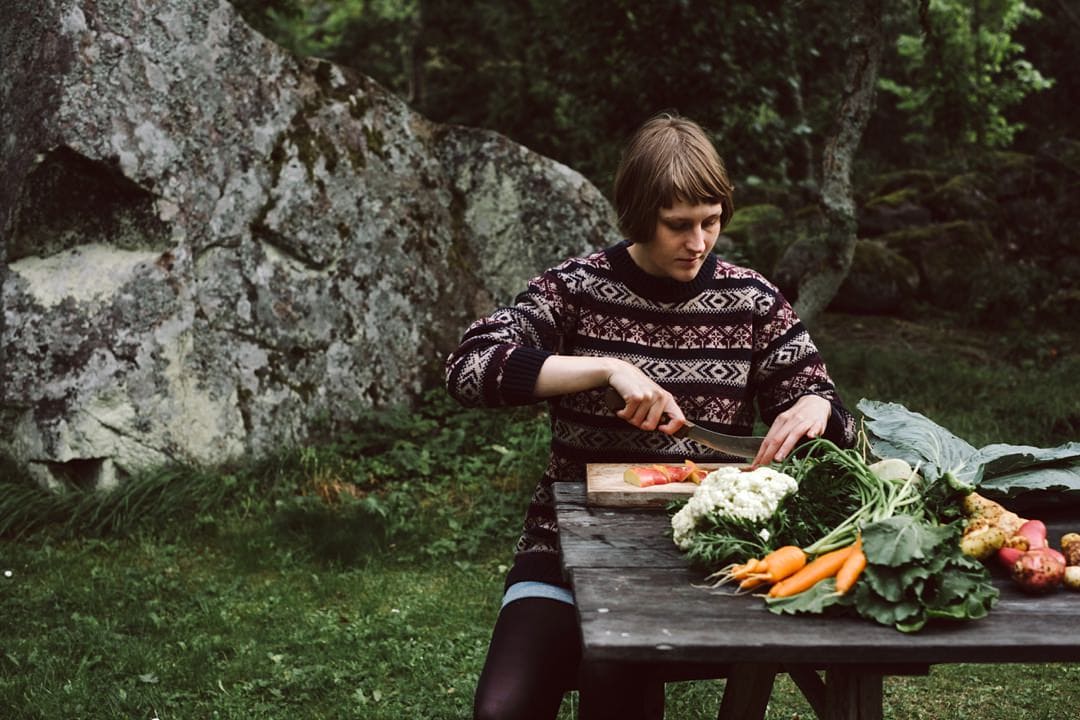
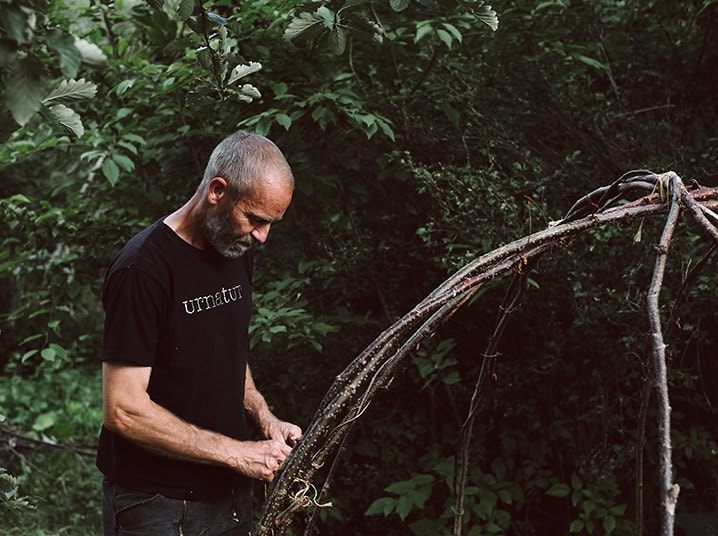
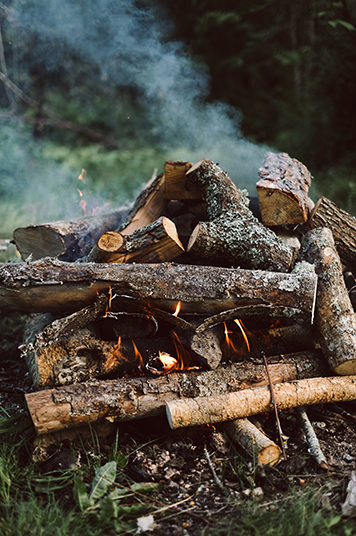
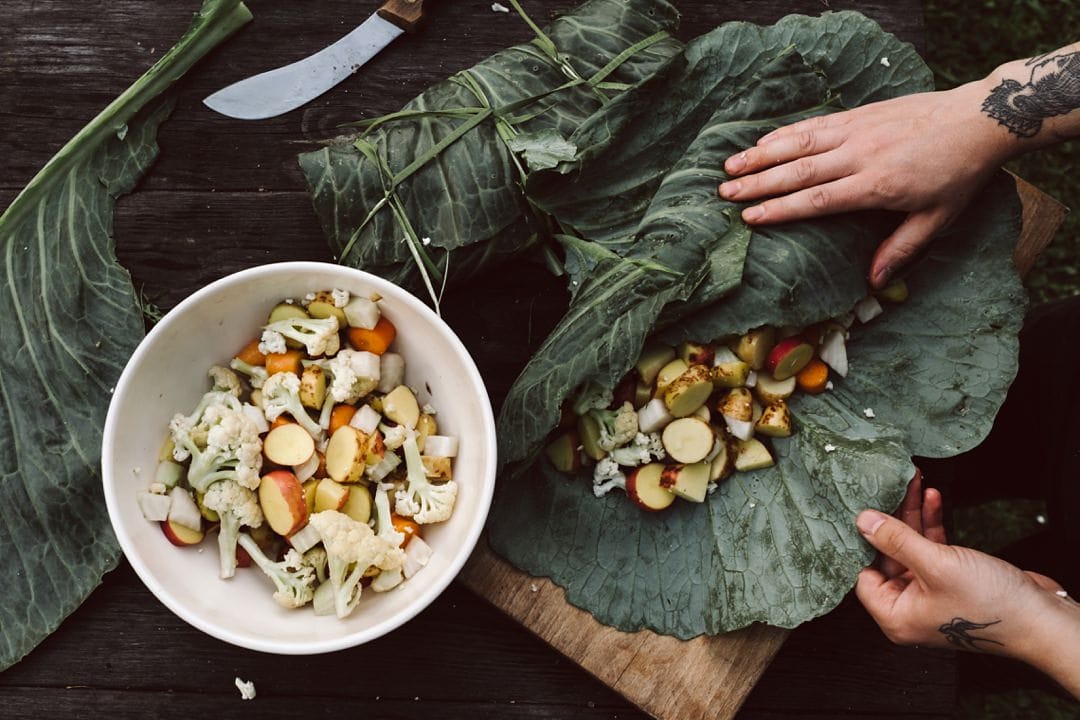
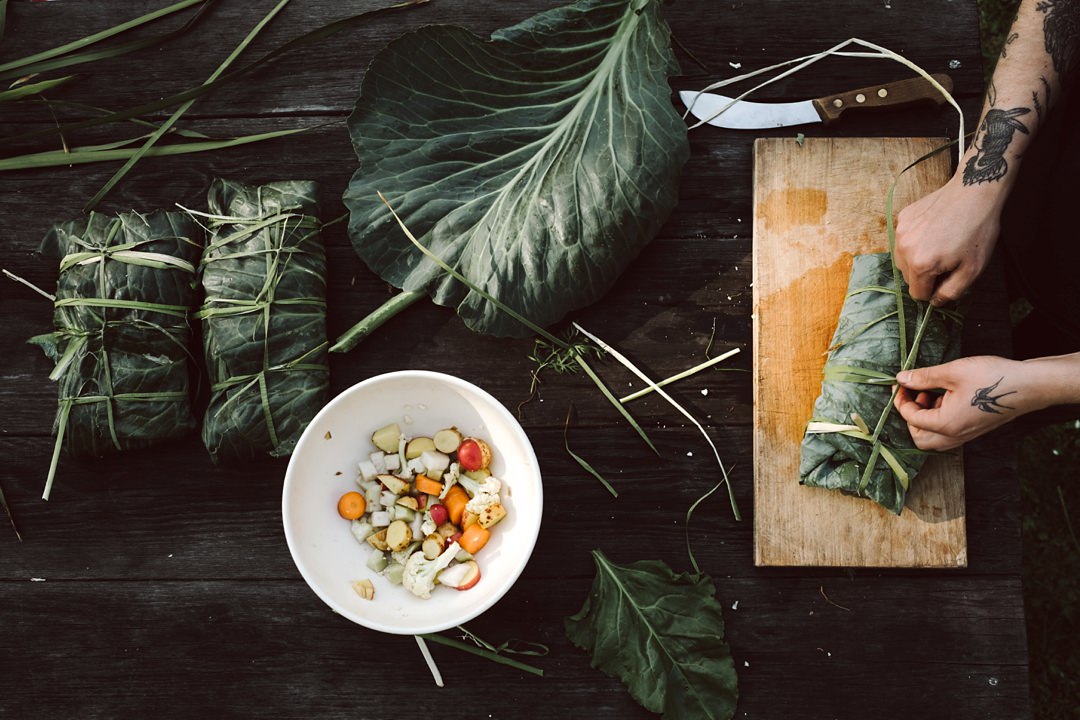
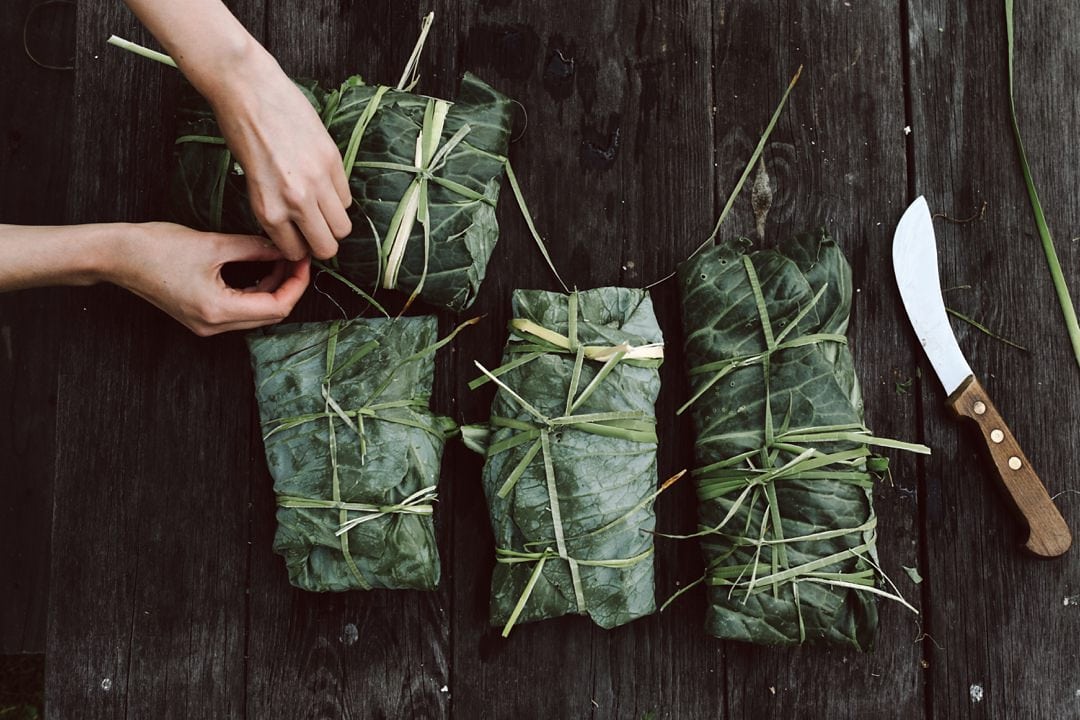

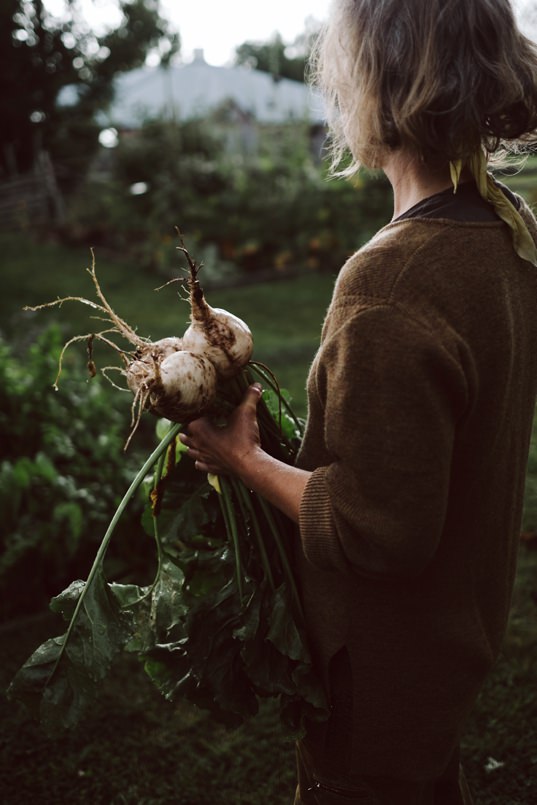


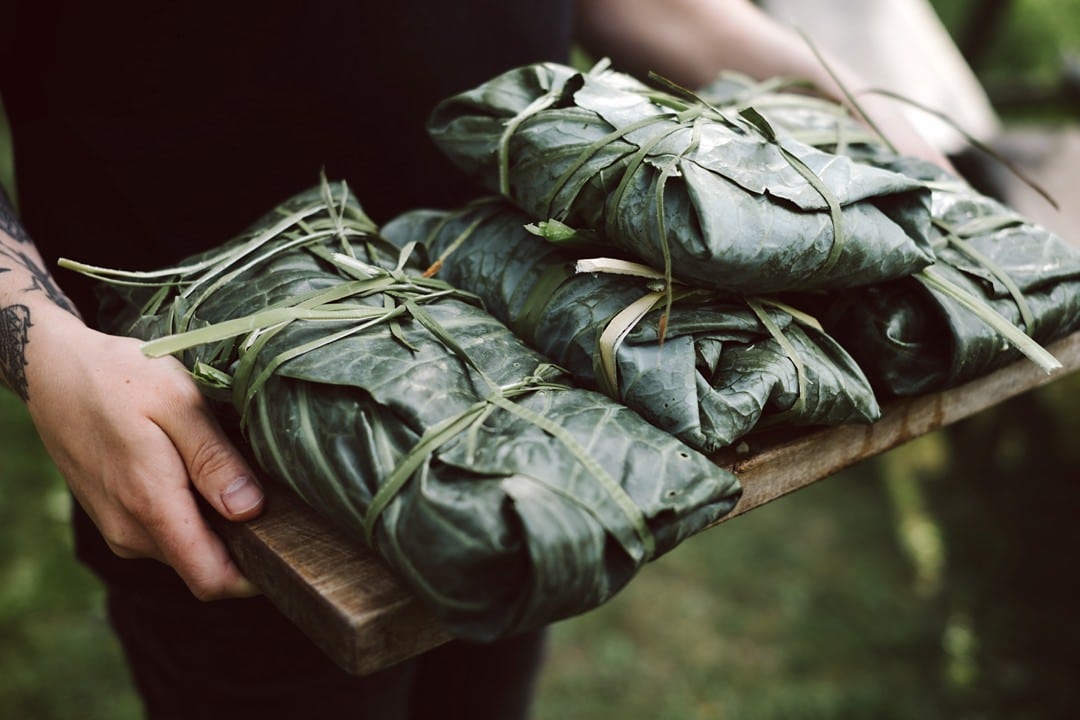
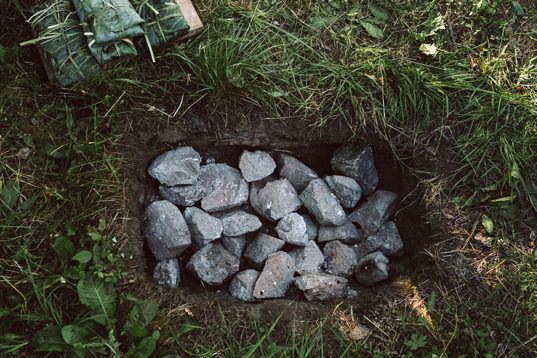
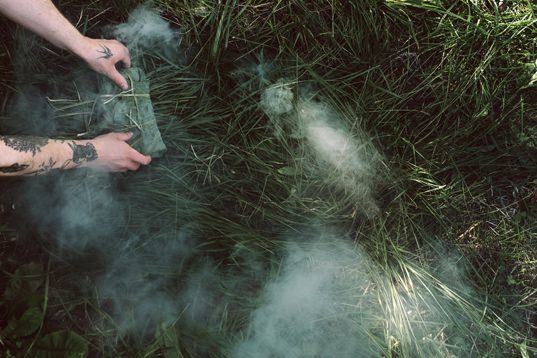
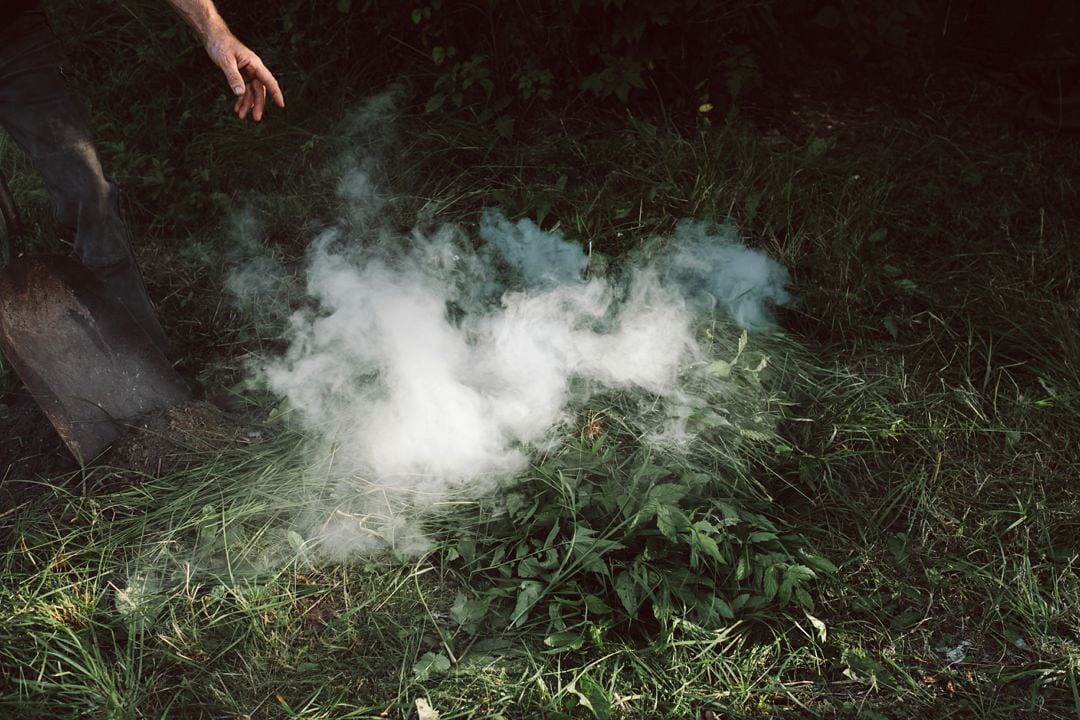

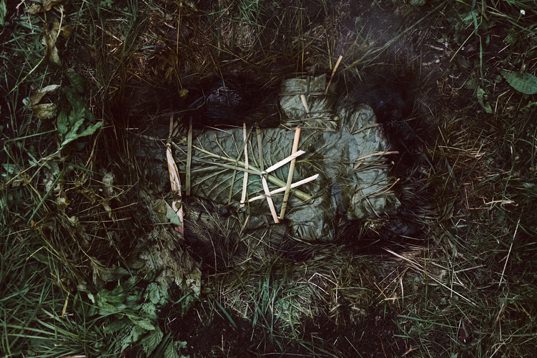




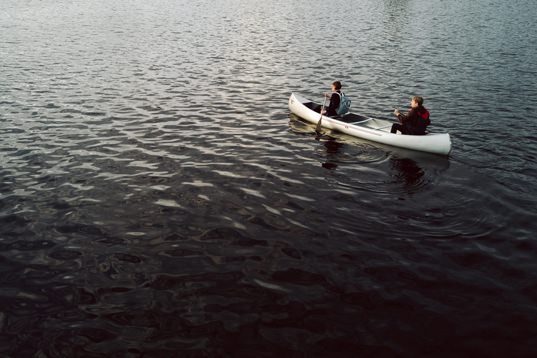
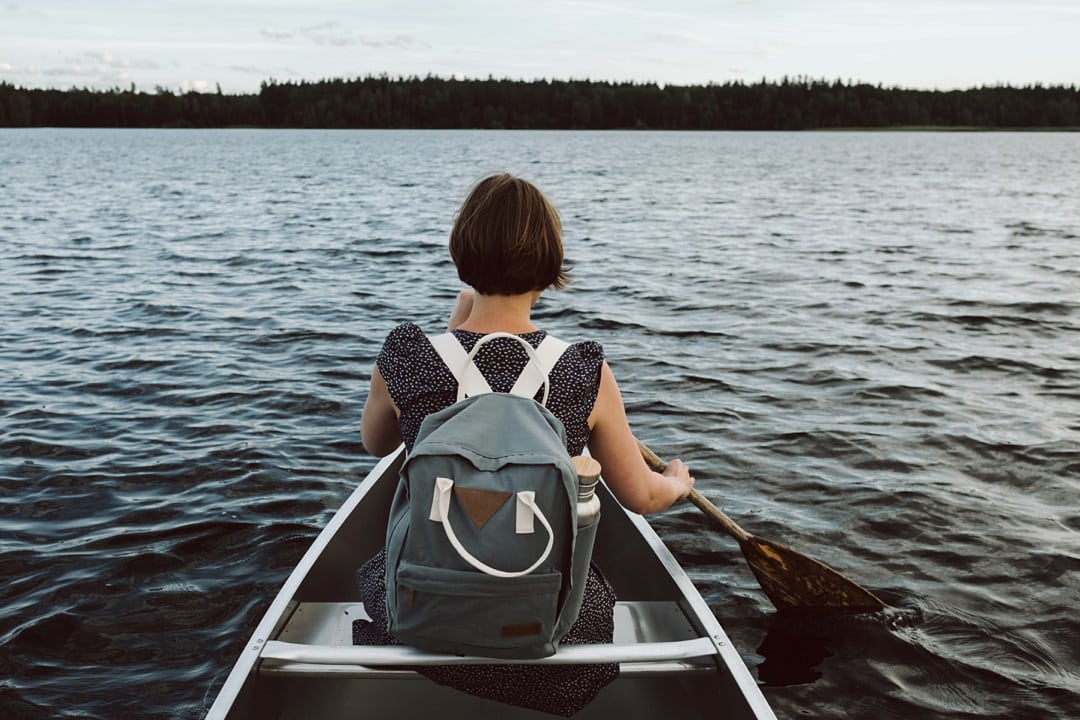
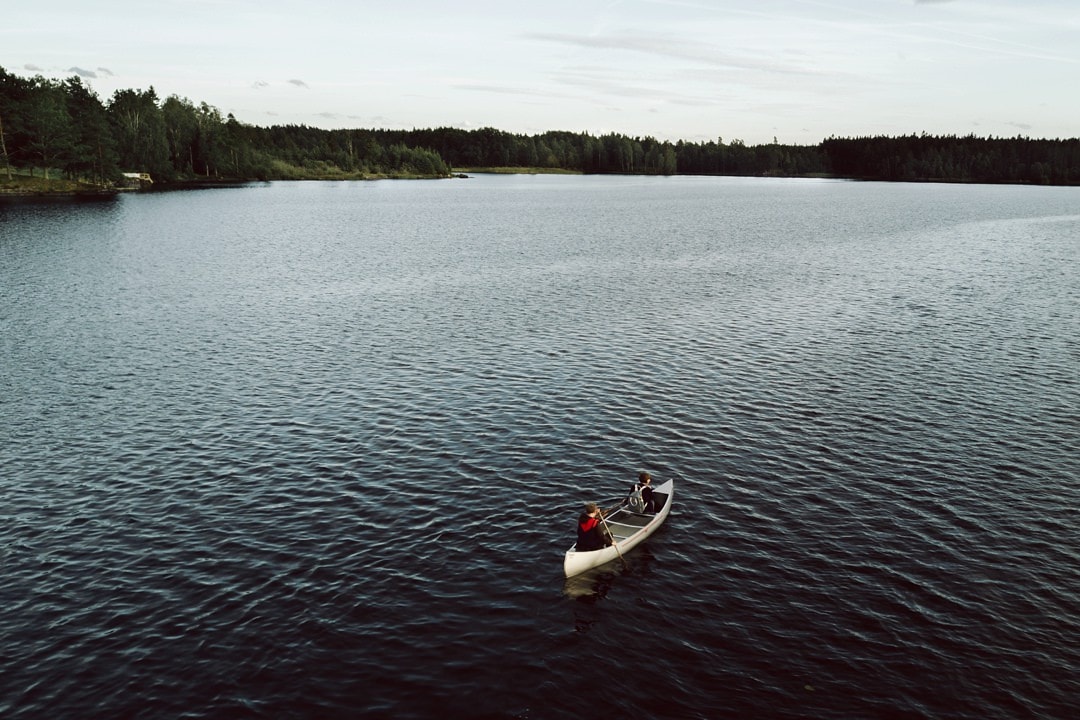

This post was written in cooperation with Good Travel. Even though we were paid for this article, we give our own opinion uninfluenced. We had full rein over text and content of this article.
